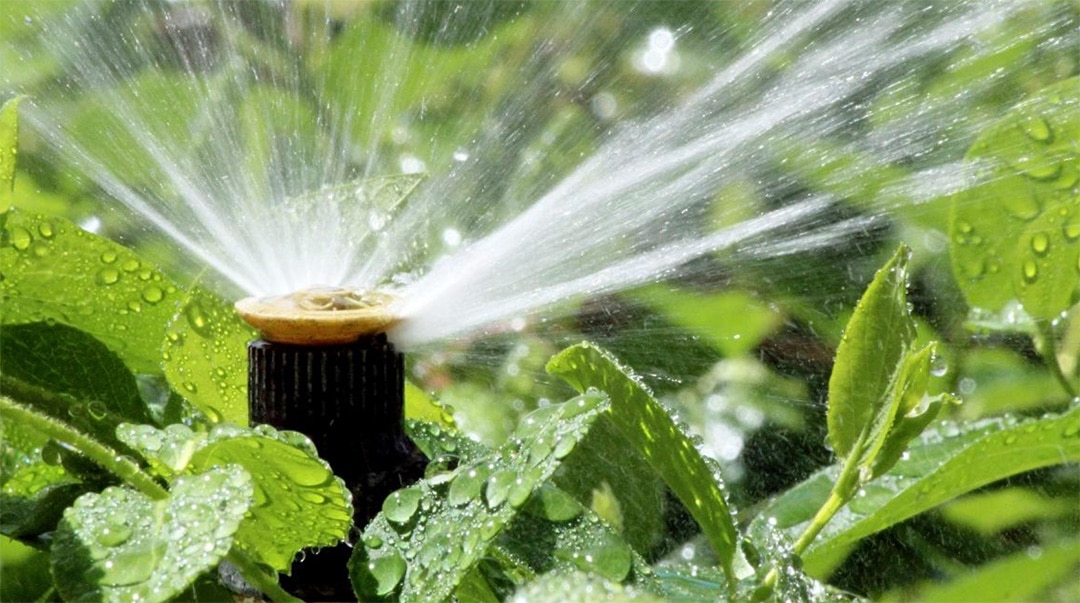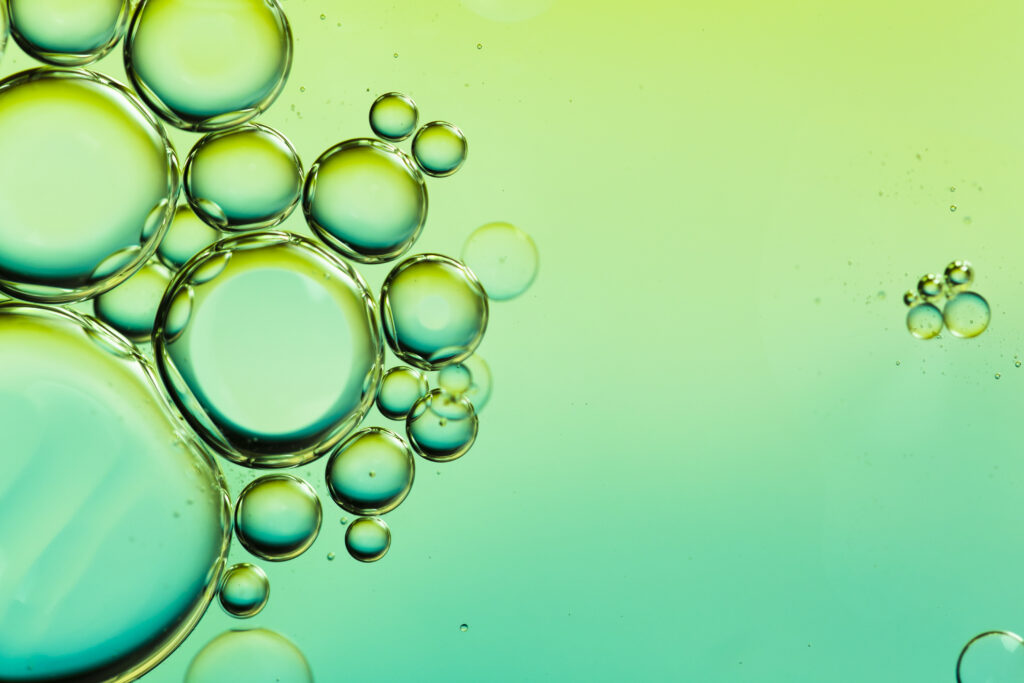How Defoamers Are Used to Prevent Foam in Food and Beverage Production
Selecting the Right Defoamer for Your Specific Application Requirements
Picking the suitable defoamer for certain application needs is a nuanced process that demands mindful factor to consider of numerous elements, such as the foam operating, type, and medium conditions. Comprehending the subtleties of defoamer efficiency-- consisting of rate and persistence-- while also accounting for regulative and ecological aspects is important.
Understanding Foam Formation
Foam formation occurs when gas is entraped within a liquid, creating a stable framework of bubbles. This phenomenon can considerably affect different commercial processes, particularly in industries such as food production, drugs, and wastewater therapy. The visibility of foam can impede mixing, reduce item high quality, and even result in operational inadequacies.
Foam typically creates as a result of a mix of factors, consisting of surface-active representatives, anxiety, and the qualities of the fluid stage. Surfactants reduced the surface tension of the fluid, promoting the development of bubbles that can stabilize and integrate. Frustration, whether from mechanical stirring or gas intro, boosts bubble development, resulting in increased foam volume.
Comprehending the auto mechanics of foam development is important for markets aiming to maximize their processes. By recognizing the certain conditions that promote foam generation, organizations can apply approaches to alleviate its effects. This understanding prepares for picking proper defoaming agents that efficiently target the unique obstacles presented by foam in different applications. A detailed understanding of foam formation is crucial for enhancing efficiency and preserving item stability across various fields.
Kinds of Defoamers Available
Various types of defoamers are readily available to address the difficulties postured by foam in industrial applications. defoamers. Extensively identified, defoamers fall into 3 categories: silicone-based, non-silicone-based, and natural defoamers
Silicone-based defoamers are renowned for their efficiency and security throughout a large range of temperature levels and pH degrees. They are usually made use of in applications where solid foam suppression is necessary, such as in paints, adhesives, and finishes. Their reduced surface area tension allows for fast foam collapse.
Non-silicone-based defoamers, often made from natural compounds, use an option for applications conscious silicone deposits. These defoamers can be further separated right into polyether and ester types, each tailored to meet specific formulation needs. Non-silicone defoamers are frequently utilized in food handling and personal care products due to their compatibility with various formulations.
Natural defoamers, originated from plant or pet resources, are obtaining grip because of their eco-friendly profile. These items are specifically appealing in applications where regulative compliance and sustainability are critical, such as in agrochemicals and biotechnology.
Choosing the right kind of defoamer is crucial for maximizing efficiency and making sure compatibility with particular applications.
Key Application Factors To Consider
When picking a defoamer, it is vital to think about the particular application requirements to make certain ideal performance. defoamers. Various markets have distinct demands, such as food handling, pharmaceuticals, or wastewater therapy, and each application may call for special defoaming properties
Trick elements to review consist of the medium in which the defoamer will certainly be made use of, whether it is water-based, oil-based, or a combination thereof. The temperature level and pH degrees of the application can also significantly influence the efficiency of a defoamer. Additionally, compatibility with various other chemicals present in the system is critical to avoid damaging reactions that can jeopardize efficiency.
Another crucial consideration is the frothing behavior of the certain system. Understanding whether the foam develops promptly or slowly can assist the selection of a defoamer that targets the origin efficiently. The preferred rate of defoaming can affect the choice, as some applications need quick activity while others may tolerate slower defoaming processes.
Finally, ecological and regulatory factors to consider should not be ignored, specifically in industries with stringent conformity demands. Picking a defoamer that aligns with these variables makes certain both efficiency and security in the application.

Efficiency Screening Techniques
Examining the performance of a defoamer requires an organized strategy to screening that accurately measures its performance in certain applications. Different performance screening methods can be employed to establish the ideal defoamer for a given solution.
One usual technique is the bubble test, which examines the defoamer's capability to reduce foam quantity over time. This examination involves creating a steady foam and after that including the defoamer to observe the price of foam collapse.

Eventually, selecting the suitable performance testing method depends on the specific application and the kind of foam being dealt with. Each method offers valuable data that can guide formulation adjustments and enhance the effectiveness of the defoamer in sensible applications.
Finest Practices for Selection


Following, think about the defoamer's efficiency in regards to speed of action and perseverance. A quick-acting defoamer might be required for procedures where rapid foam reductions is crucial, while a article much more relentless formula may be needed for extended foam control. In addition, assess the environmental impact of the defoamer, including its biodegradability and any kind of regulatory compliance requirements.
Conduct tests with chosen defoamers to establish their efficiency in real-world conditions. By adhering to these ideal methods, you can boost foam control effectiveness and ensure the long life of your processes.
Final Thought
In summary, picking the suitable defoamer demands a thorough evaluation of numerous elements, consisting of foam type, medium, operating problems, and ecological considerations. Comprehending the unique attributes of foam development and the available defoamer alternatives is essential. In addition, employing effective efficiency screening methods and adhering to finest techniques during the choice procedure will certainly boost the possibility of attaining optimal defoaming results. Eventually, an educated option method will resolve specific application needs and reduce lathering obstacles effectively.
Picking the ideal defoamer for details application demands is a nuanced procedure that requires mindful factor to consider visit their website of numerous factors, such as the foam operating, type, and tool problems.Picking the appropriate defoamer is crucial for accomplishing ideal efficiency in foam control applications. A quick-acting defoamer might be essential for procedures where rapid foam suppression is important, while a more persistent solution may be required for prolonged foam control.In summary, picking the proper defoamer requires a comprehensive evaluation of numerous aspects, including foam type, tool, operating conditions, and environmental considerations. Understanding the distinct attributes of foam development and the readily available defoamer alternatives is vital.